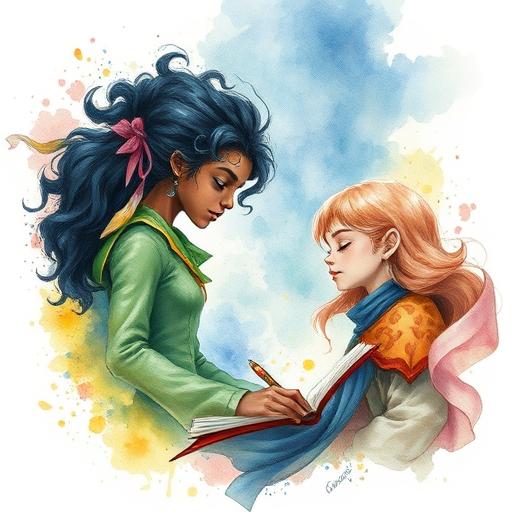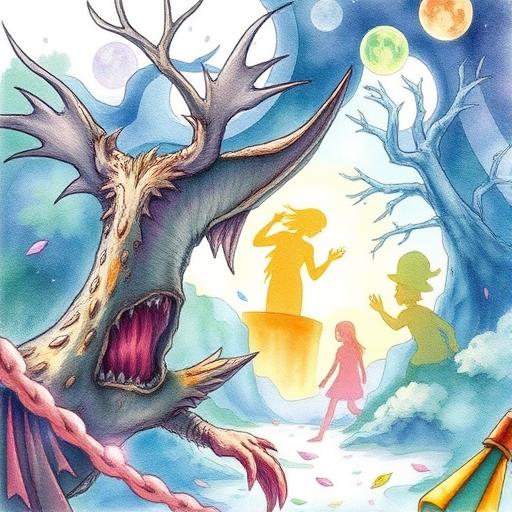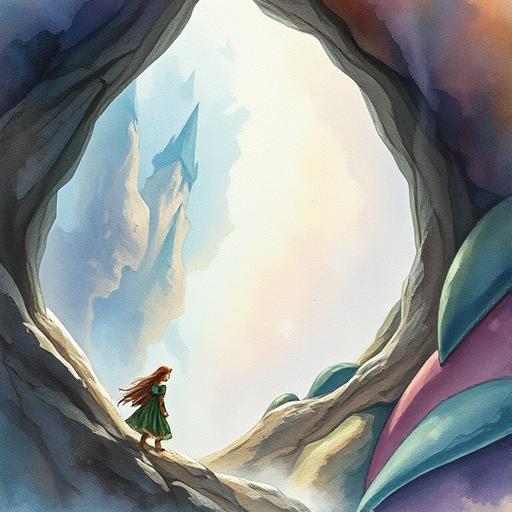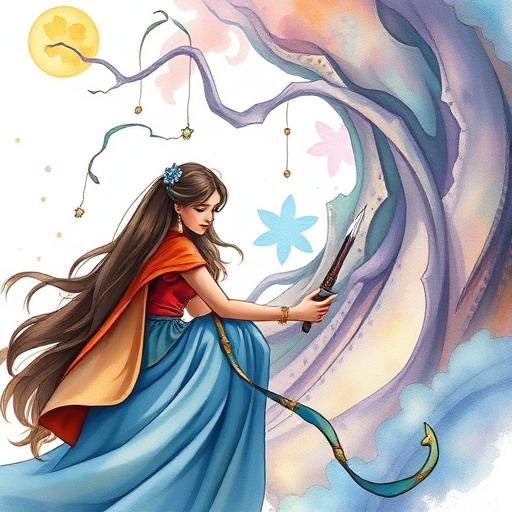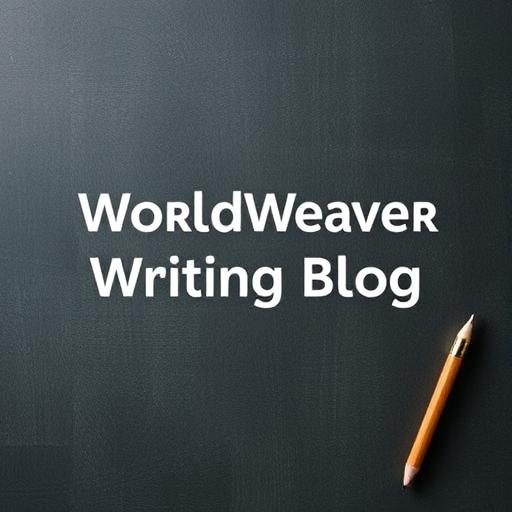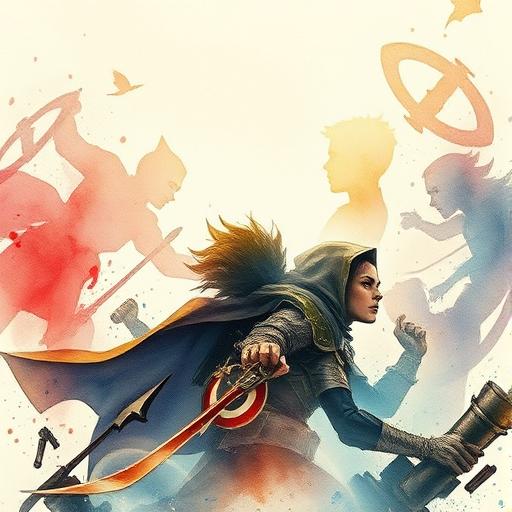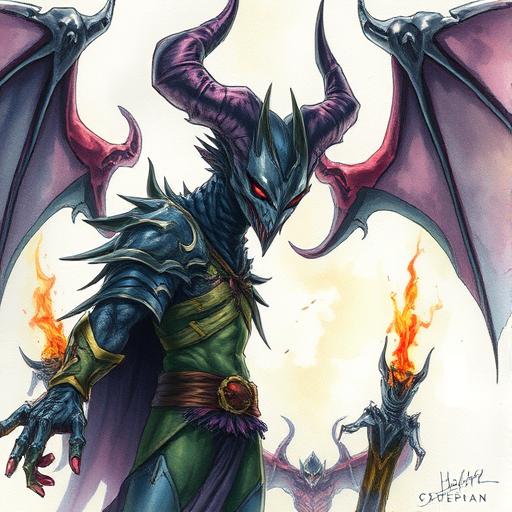Building Inclusive and Diverse Narratives for Mainstream and Genre Fiction
Learn how to craft compelling stories that reflect the complexity of the real world, and discover the importance of representation in mainstream and genre fiction. This article provides practical tips and examples for writers to build inclusive and diverse narratives that resonate with readers.

Introduction to Inclusive Narratives
Inclusive narratives are the backbone of effective storytelling, allowing readers to see themselves and their experiences reflected in the stories they read. As writers, it's essential to create characters, worlds, and plotlines that are diverse, representative, and authentic. By doing so, we can craft compelling stories that resonate with readers from all walks of life.
The Power of Representation
Representation matters, and it's not just about checking boxes or including token characters. It's about creating complex, multi-dimensional characters that reflect the diversity of the real world. For example, authors like N.K. Jemisin and Nalo Hopkinson have built entire worlds around diverse characters, cultures, and experiences, showcasing the richness and depth that inclusive narratives can bring to storytelling.
- Characters with disabilities, like those in Hugo Award-winning novels, can add depth and nuance to your narrative
- Culturally diverse characters, such as those in thematically rich series, can bring unique perspectives and experiences to your story
- LGBTQ+ characters, like those in acclaimed literary fiction, can add complexity and authenticity to your narrative
Building Diverse Worlds
Creating diverse worlds is just as important as crafting diverse characters. This involves considering the social, cultural, and economic contexts of your world, as well as the ways in which characters interact with and shape their environments. For more information on building inclusive and representative worlds, check out our article on building inclusive and representative worlds for writers across genres and categories.
| Worldbuilding Element | Considerations |
|---|---|
| Culture | How do different cultures interact and influence one another? |
| History | How have historical events shaped the world and its inhabitants? |
| Magic/Technology | How do magical or technological systems impact the lives of characters and the world at large? |
Writing Diverse and Inclusive Stories
Writing diverse and inclusive stories requires a willingness to listen, learn, and grow. It's essential to approach these stories with sensitivity, respect, and an open mind. As discussed in our article on writing diverse and inclusive stories beyond fantasy genres, this involves considering the ways in which different genres and formats can be used to tell diverse and inclusive stories.
- Research and listen to diverse voices and experiences
- Be mindful of power dynamics and representation
- Be willing to take risks and try new things
Conclusion
Building inclusive and diverse narratives is crucial for creating compelling stories that resonate with readers. By crafting complex, multi-dimensional characters and worlds, writers can reflect the diversity and complexity of the real world. For more information on writing diverse and inclusive stories across multiple genres and formats, check out our article on writing diverse and inclusive stories across multiple genres and formats. Remember, representation matters, and it's up to writers to create stories that reflect the richness and diversity of human experience.
Comments
Comments are hidden to save bandwidth. Load them when you want to read or leave one.
